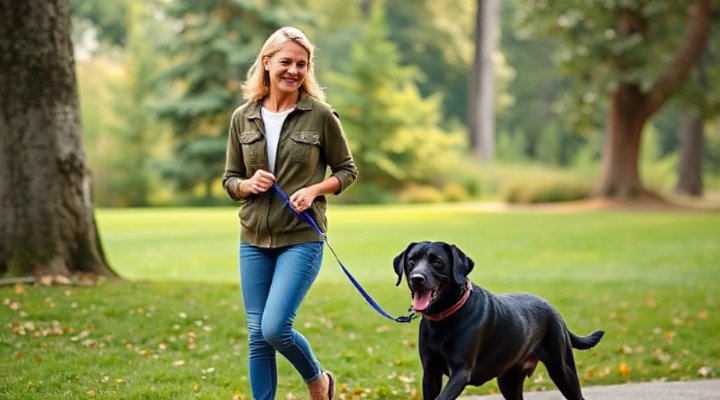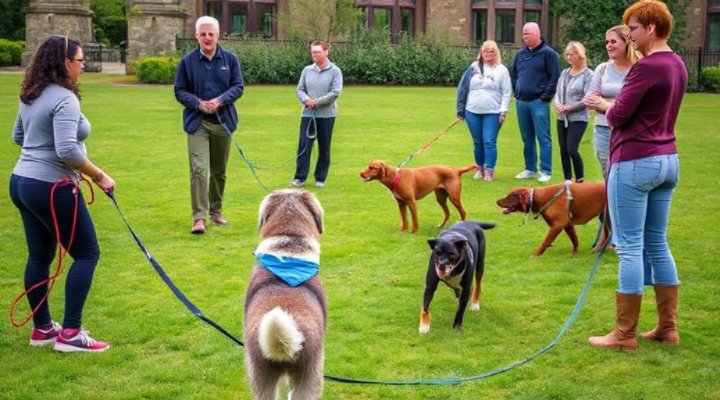Walking your dog should be an enjoyable experience for both of you, but when your furry friend constantly pulls on the lead, it can turn into a frustrating tug-of-war. If you’re wondering how to stop your dog from pulling on the lead, you’re in the right place. In this comprehensive guide, we’ll explore why dogs pull and provide practical training methods to help you achieve peaceful walks.

Why Do Dogs Pull on the Lead?
Understanding why your dog pulls is the first step to solving the problem. Dogs naturally want to explore their environment at a faster pace than humans walk. Additionally, they may pull because:
- They’re excited about going for a walk
- They want to reach something interesting (like another dog or a squirrel)
- They haven’t been properly trained to walk on a loose leash
- The pulling behavior has been accidentally reinforced in the past
According to the American Veterinary Medical Association, consistent training is key to modifying this behavior. Similarly, our article on long lead dog training offers additional insights into managing your dog’s movement.

Essential Equipment for Preventing Pulling
While training is the most important factor, having the right equipment can make the process easier:
- No-pull harness: These distribute pressure across the dog’s chest rather than their neck
- Head halters: Gently guide your dog’s head, similar to a horse’s halter
- Standard 6-foot leash: Avoid retractable leashes for training
- High-value treats: Small, smelly treats your dog loves
Our guide on the best dog leash for pulling provides more detailed recommendations.

Step-by-Step Training Methods
1. The Stop-and-Go Method
This simple technique teaches your dog that pulling won’t get them where they want to go:
- Begin walking with your dog on a loose leash
- The moment they pull, stop completely
- Wait until the leash loosens, then continue walking
- Repeat consistently
2. Change Direction
This method keeps your dog focused on you:
- Walk in one direction
- When your dog pulls, abruptly turn and walk the opposite way
- Praise and reward when they follow you
3. Reward Good Behavior
Positive reinforcement is powerful. Whenever your dog walks without pulling:
- Offer verbal praise (‘Good walk!’)
- Give a small treat
- Continue walking as a reward
For more training techniques, check out our comprehensive dog training methods guide.

Common Mistakes to Avoid
Even with good intentions, owners often make these errors:
- Inconsistent training: Skipping sessions or allowing pulling sometimes
- Using punishment: Jerking the leash can create fear and anxiety
- Moving too fast: Expecting perfection too quickly
- Not exercising first: A tired dog learns better
Remember, as the American Kennel Club notes, patience is essential in dog training.

When to Seek Professional Help
While most pulling issues can be resolved with consistent training, consider professional help if:
- Your dog’s pulling is dangerously strong
- The behavior doesn’t improve after weeks of training
- Your dog shows signs of aggression while on leash
Our article on 1-to-1 dog training near me can help you find qualified assistance.
Final Thoughts
Teaching your dog to stop pulling on the lead requires patience and consistency, but the results are worth it. Remember that every dog learns at their own pace. Celebrate small victories and maintain a positive attitude. Soon, you’ll both enjoy stress-free walks together!
For more dog training resources, explore our guides on dog walking training and dog obedience training.
Related Keywords: loose leash walking, dog walking problems, how to train a dog to heel, stop dog pulling harness, dog training collar alternatives

